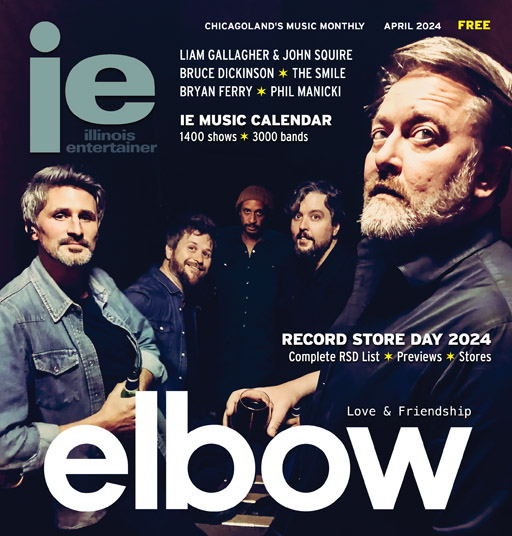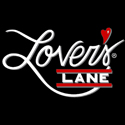Island Connection

With just 90 miles between them, the Caribbean’s two most musically prolific islands, Cuba and Jamaica, aren’t far apart. Both have spawned major musical genres that leap over language and geographical barriers, influencing music and fans the world over. Cuban mambo and son underscore countless rhythms from salsa to highlife. Jamaican reggae and ska turns up everywhere from British punk to Mexican alt-rock. Yet, these two musical forms, so geographically close, haven’t really blended together. Before the Cuban revolution in 1959, there was lots of cross-cultural borrowing. Calypso was popular in Cuba and early ska bands regularly sparked their sound with Cuban beats. By the ’60s, such exchanges were shut down. Mambo developed into salsa and ska birthed reggae and the two never met again.
Enter U.K. ska star Natty Bo. As the lead singer of London’s hottest ska band, the Top Cats, Natty Bo, aka Nathan Lerner, was well-versed in Jamaican musical history and a serious DJ with an impressive vinyl collection (“all the music I ever loved was recorded with one microphone”) Bo knew vintage Cuban music as well. What if the exchange between Cuba and Jamaica was never broken and allowed to expand? Then you’d probably have Ska Cubano, a quirky, infectious, brand of Cuban singers and ska musicians bent on filling that gap left in 1959.
On their second CD, ¡Ay Caramba! (Cumbancha), Ska Cubano gleefully throw together an unlikely mix of ska horn blasts, cumbia percussion, son melodies, and sly wit to produce a 14-track collection that sounds as fresh as it does danceable. Once described as “madness at midnight” in Havana, the Ska Cubano sound embraces many eras and countries. “You can hear New Orleans, Africa, and southern Spain as well as a fusion of Jamaica and Cuba,” says Bo about the band’s music. Journeying to Santiago de Cuba to record and put together a group of Cuban musicians, Bo tapped Beny Billy, a vocal dead ringer for legendary Cuban singer Beny More, to be the group’s other lead singer. The result is a record that sounds as if it was recorded in the ’50s but with a new-millennium sensibility.
Opening with the ’50s dancehall classic “Soy Campesino,” Billy tackles the cheesy lyrics with mock bravado while the roaring bassline encourages the fun outright. Soon after, we’re treated to the title track, a rollicking ska number with Bo’s comical Jamaican patois expertly weaving between the break beat. “Tabu,” another classic made famous by the 1941 movie, stands out with Billy’s vocals penetrating through the CD as he calls up African orishas over a retro rumba beat.
Bo insists he has always heard a latent Cuban influence in ska music, pointing to the fact Laurel Aitken, the godfather of ska, and Roland Alphonso, a founding member of the Skatalites, were born in Cuba. He also sees a connection between all the genres that appear to be incongruous on the album. “Cumbia has a similar rhythm to ska. A lot of Jamaicans have adopted Cuban rhythms such as son. And a calypso rhythm has a clave rhythm, which is the foundation for a lot of Cuban music,” he says.
Growing up in an immigrant community in South London, music was everywhere for young Bo, who got into ska as a 10-year old. “I loved fast music: Wilson Pickett, Sam Cooke, Fats Domino, Ray Charles. Ska came to me through the Skatalites, then Desmond Dekker and I loved Horace Andy.”
But ska wasn’t his only love. He also fancied early blues, rock, and hip-hop. “We were always surrounded by lots of nationalities and cultures. I identified with rap music,” he says. “I liked KRS-One, I loved the way funk and soul samples were adapted.”
After absorbing such a musical melting pot, recording in Cuba shouldn’t have been much of a surprise, but the singer says visiting the island was unlike anything he had ever experienced. “It was like going into an ideal dream space,” he says. “I felt like I was going back into time. There’s no advertisements, all the kids play safely on the streets and music plays 24 hours a day. It’s like a different world. Some places really are untouched.”
Although he collected crates of old Cuban vinyl, in Santiago the singer encountered styles that he had never even heard before. This inspired him to experiment even more and record more than 45 tracks in Cuba, including a wacky mix of doo-wop with cumbia. Whether it turns up on the next Ska Cubano album is anyone’s guess, but he’s certain that ska itself will remain on the musical radar.
“Ska has longevity. It’s really upbeat, it’s happy dance music,” he says. “When ska came out in the ’60s, there was so much other music coming out. Accepting Jamaican music outside of Jamaica was a hard task. The mods and skinheads adopted it because they identified with it. It was minority music and it wasn’t played on the radio. It was an underground thing.”
No longer an underground thing, Bo intends to introduce ska and the mingled Cuban rhythms that Ska Cubano plays, to a much broader audience. “We anticipate a wider response,” he admits. “When you do a few albums, it looks like you’re really doing a lot of stuff! But it’s still a challenge because we’re making music that’s a blend of different genres and the fans may not know anything about either.”
With his vintage suits, diamond-encrusted teeth, and penchant for swing and the lindy hop, Natty Bo personifies many eras and styles, just like his music. Paired with the flamboyant, turban-wearing Billy, and the star power of band members Megumi Mesaku, (a ska sax sensation), Eddy “Tan Tan” Thornton (Jamaican trumpet legend), and Ray Crespo (noted Cuban bass player), Ska Cubano may just introduce an alternative musical universe to listeners everywhere.
– Rosalind Cummings-Yeates
Category: Monthly









